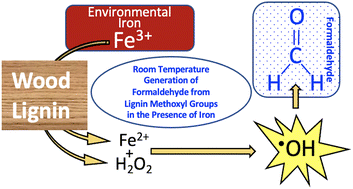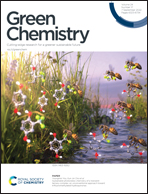Formaldehyde emission from wood promoted by lignin in the presence of iron residues
Abstract
It is known that wood releases low levels of formaldehyde under natural conditions, but the mechanism for this release has not been well explored. This paper presents the lignin-mediated Fenton (LMF) reaction as a newly described mechanism for the generation of formaldehyde from wood lignin in the presence of iron. Traditional desiccator methods with Nash reagent and fluorescence spectrophotometry, and a commercial electrochemical-based formaldehyde sensor were used to examine the effects of important components in the LMF reaction i.e., iron reductant, hydrogen peroxide and lignin, on the wood formaldehyde emission in the presence of iron. The results showed that low levels of iron, especially in its reduced ferrous oxidation state, promoted the generation of formaldehyde in the presence of lignin in wood. Experiments were also conducted with additional iron reductants and hydrogen peroxide, which demonstrated additional formaldehyde generation in the presence of ferric iron and lignin, suggesting active generation of formaldehyde from wood by the LMF reaction.



 Please wait while we load your content...
Please wait while we load your content...